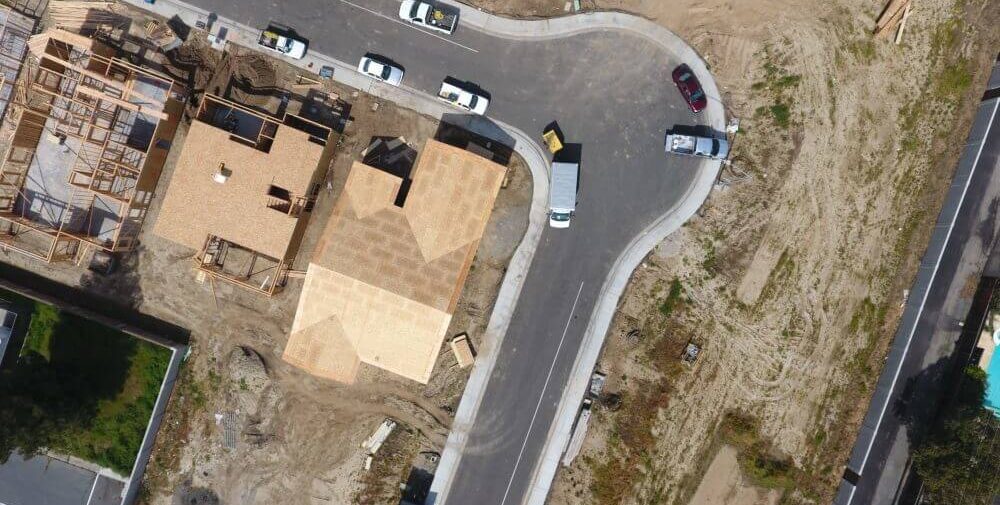Competitive Construction Bidding Versus Low-Balling The Competition
In the highly competitive construction-bidding environment, some contractors tend to focus on low ball pricing. Others aim for volume bidding. But is volume submission of low-ball prices really the most effective way to win construction bids?
Seems likely not.
Otherwise, the average general contractor would reap better than one out of six wins and the subs would do better than one out of seven. Perhaps method rather than bottom-line-pricing is the primary cause for failed construction bids. Rather than bulk submissions, perhaps calculated construction bidding serves the better purpose.
Stop merely surviving. It’s not about going hungry between projects. It’s about learning how to present a calculated, completive and successful construction bid.
Successful Construction Bidding Begins With Improved Internal Productivity
According to a recent report from NIST, the lack of critical measurement processes accounts for much of the recent and prolonged decline in productivity on the jobsite within the construction industry (National Institute of Standards and Technology, "Measuring and Improving U.S. Construction Productivity"). Although the magnitude of the problem is unknown, three points of measurement could help resolve the issue:
- Construction productivity on a task level
- Construction productivity on a project level
- AND Construction productivity on an industry level.
It seems that during the study of unsuccessful construction bids, too many companies fail to look inward rather than outward. Rather than considering the possibility of sorry internal productivity tracking and reporting, the loosing bidder tends to assume that the bid got low-balled.
Solution… Don’t just track current project expenditures and costs. Take time to examine, analyze and find ways to improve your daily construction productivity processes. This means:
- Improve your asset management and usage
- Reduce safety hazards
- Establish real-time communications
- Record, track and analyze all activity
- Ensure reliable equipment uptime
- AND Apply the functionality of an accurate and reliable construction workforce and asset allocation and planning software app.
Value Added Construction Bidding
It’s called “name branding.” It’s like the difference between a book by Stephen King and a book by Richard Bachman. Both represent the same writer, by under the name of Bachman the books failed to sell. Once identified as a Stephen King alias, Bachman books joined the bestseller list.
Once you differentiate your construction company from all the others, buyers will accept "price premium" bids.
Solution…
- Establish your expertise
- Create a project-specific reputation
- Demonstrate financial security
- Stand of quality service and productivity
- Build character through efficient customer service and support
- AND Learn how to sell your company.
Successful Construction Bidding Stays Ahead Of The Crowd
According to the "American Job Centers Ultimate Employment Guide," late arrival ranks among the top ten hiring pitfalls (Maryland Workforce Exchange, "American Job Centers Ultimate Employment Guide"). In fact, early arrival demonstrates great interest in the job. And this, prospective employers like. In construction bidding, preempting the competition is good. Early entry helps ensure first viewing.
Solution… Advanced preparation:
- Know the capacity and capability of your company workforce and assets
- Identify the precise needs of the prospective project
- AND Utilize estimating software core-focused to the construction industry.
Assignar Workforce and Asset Allocation and Planning
Successful construction bidding demands efficient access to accurate company productivity records as well as accurate projected project details. Construction contractors use Assignar to acquire, analyze and activate data throughout the daily construction process. Use it to manager your company, improve your productivity, and to compile effective and competitive construction bids.





